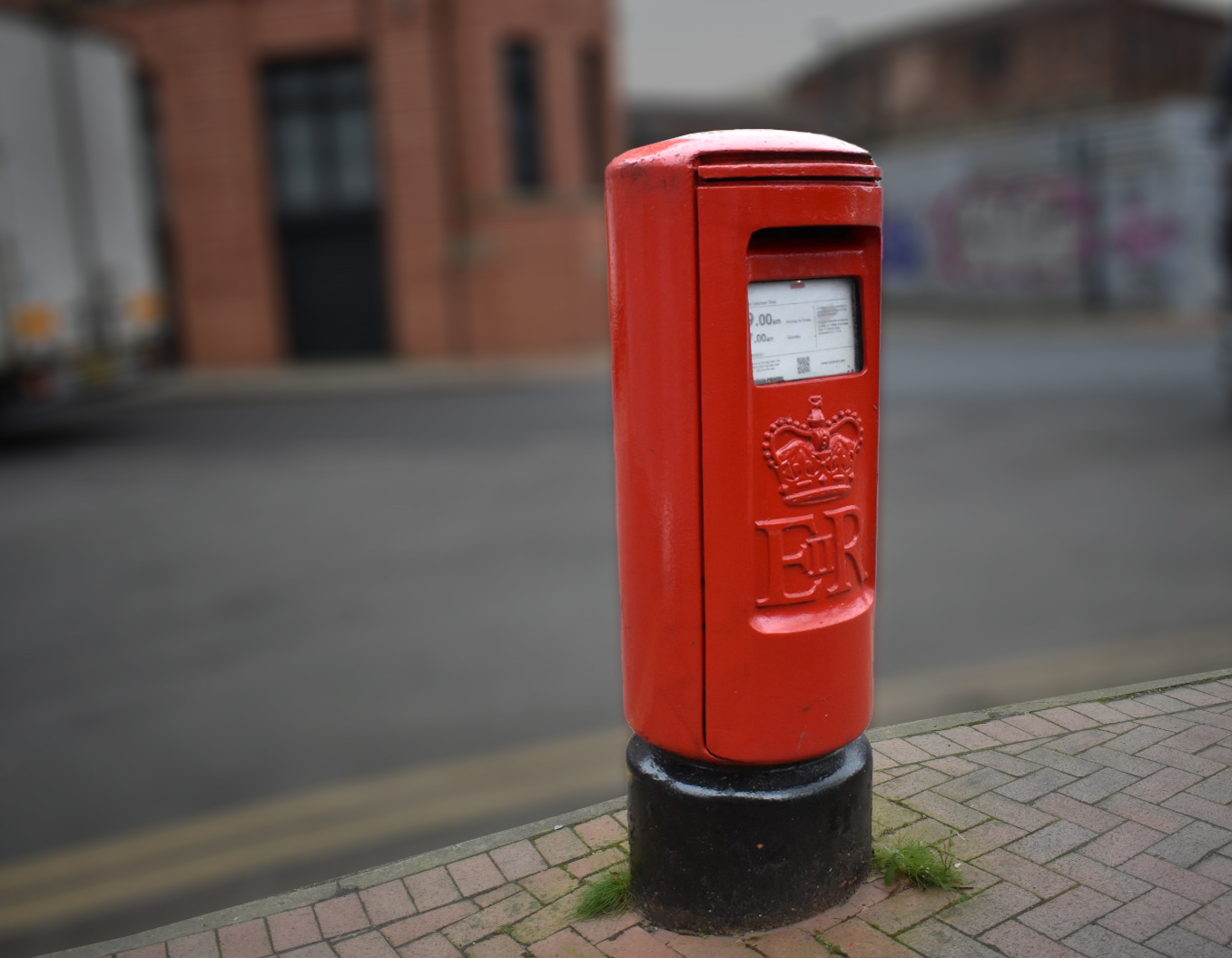Yes. It is not that it was fabricated, full of errors or targets for cases were set but there was other evidence and explanations that disproved dishonesty.
Dr B was a consultant in Emergency Medicine and came to the regulator’s attention concerning one patient he treated who was first diagnosed with pseudo-gout but was readmitted some days later with a cardiac arrest and subsequently died. At the first appointment blood tests and X-rays were taken. At the Inquest the Doctor gave evidence he had checked blood tests at the 2nd appointment on the Hospital Computer when in fact a system audit showed though Dr B had checked 110 results relating to 68 patients, none of them related to the patient in question. The GMC therefore alleged Dr B was dishonest. They also alleged that Dr B had said to the patient “H is for hospital not for hotel” or words to that effect.
In its evidence the GMC did not call live witnesses to be cross examined but did produce an IT audit trail, an audit investigation report and a statement from the IT manager at the hospital.
Dr B and the Nurse he worked with did provide live evidence. Neither of them had checked the Hospital Computer but the notes they had made about the consultation referenced the fact that they must have had sight of the blood tests from the previous consultation (it was recorded that the blood tests were normal). Other evidence in the case was that Dr B stated he would not have made the diagnosis he did without having had sight of the tests, the nurse corroborated that the patient’s partner had a hard copy of the tests during the consultation. There were 15 positive testimonials to Dr B’s competence and good character, there was no allegation of clinical error. It was also notable that Dr B as good as opened the investigation into himself; the Trust had closed its investigation into the death but Dr B later challenged the post-mortem results. This was plainly not an action a dishonest doctor would take.
The Tribunal accepted the Doctor’s evidence and found that Dr B was not lying. The Tribunal accepted the doctor’s word over the computer record and considered all of the evidence in the round. The Tribunal also rejected that Dr B had said any such comment to the patient about H being for hotel.
This is one case where the computer evidence was the primary source of the allegation. In GMC investigations computer evidence arises time and again. Other examples include insufficient notes, doctors not having proper access to a system or a prescribing system not flagging up errors. The Post Office Horizon scandal is one of the most egregious examples of misconduct that has ruined the lives of hundreds of people. Time and again regulators and investigatory bodies simply do not properly investigate their own evidence. Though less dramatic and not criminal, for Dr B and doctors being investigated, investigations can take years and risk profoundly affecting a practitioner’s well-being. If there are doubts about supposed hard evidence it is critical to forensically scrutinise the data. In a case we acted one a few years ago involving system records, after careful scrutiny, we found more than half a dozen errors enabling us to disprove the system was reliable and prove the doctor was honest. Whilst it is some comfort that the Medical Practitioners Tribunals do judge computer evidence in its proper context it would be preferable for cases not to reach that far in the first place and proper weight be given to more plausible explanations.



